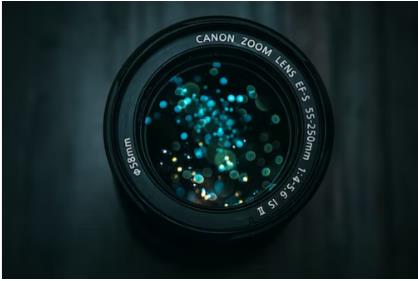UV light is used in many different applications, including sterilization, water and air purification, and medical treatments. It is also used in some types of security systems to authenticate documents, currency, and other items. UV light is also used in printing and photography, and in some types of manufacturing processes.
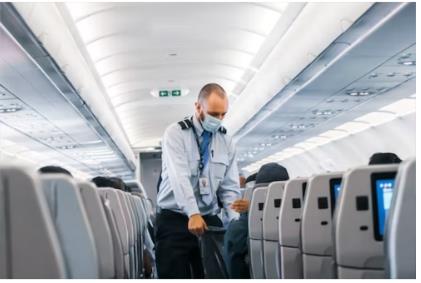
Ultraviolet (UV) light is often used in sterilization because it is effective at killing bacteria and other microorganisms. This is because UV light has the ability to damage the DNA of these microorganisms, making it difficult for them to reproduce and survive. This makes it an effective tool for sterilizing surfaces, water, and air. UV light is commonly used in hospitals and other medical settings to sterilize equipment, as well as in water treatment plants to purify drinking water. UV light is used to purify water and air by breaking down the molecular bonds of microorganisms, such as bacteria and viruses, that are present in these substances. When the DNA of these microorganisms is damaged, they are unable to reproduce and survive, effectively killing them and making the water or air safe for consumption or breathing. This process is known as UV disinfection, and it is commonly used in water treatment plants to purify drinking water, as well as in air purification systems to remove contaminants from the air.
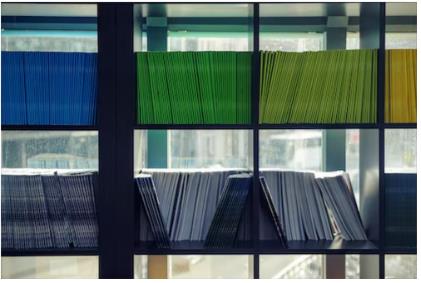
Why Ultraviolet light is used to authenticate documents, such as passports and currency? Because many of these documents contain hidden security features that are only visible under UV light. For example, some passports have the holder's photo printed with UV-sensitive ink, which glows when exposed to UV light. Similarly, many banknotes have security features, such as a watermark or security thread, that are only visible under UV light. By shining a UV light on a document and looking for these hidden security features, it is possible to determine if the document is genuine or counterfeit. It also used to authenticate currency, such as banknotes, because many of these documents contain hidden security features that are only visible under UV light. For example, many banknotes have a watermark or security thread that is only visible when the note is held up to a UV light. By shining a UV light on a banknote and looking for these hidden security features, it is possible to determine if the note is genuine or counterfeit. Some people also use UV lights to check the authenticity of other documents, such as passports and ID cards, which may contain similar security features.
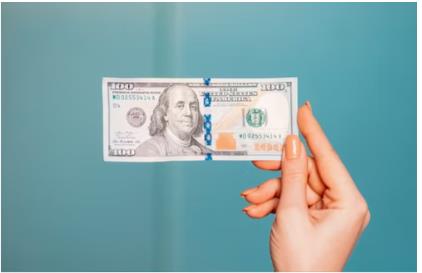
In the printing process, UV-curable inks or adhesives are applied to a substrate, such as paper or plastic, and then exposed to UV light. This causes the molecules in the ink or adhesive to cross-link and form a solid, creating a durable and long-lasting print. UV printing is commonly used in the production of packaging, labels, and other printed materials because it is a fast and efficient way to produce high-quality prints with excellent adhesion and durability.
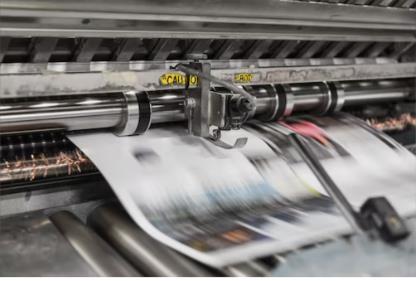
In photography, it is used to create special effects or to reveal details that are not visible to the naked eye. For example, some photographers use UV light to create a "blacklight" effect in their photos, where certain objects or materials, such as white clothing or fluorescent paint, appear to glow in the dark. Other photographers use UV light to capture images of objects or scenes that are invisible to the naked eye, such as certain types of insects or the auroras in the Earth's atmosphere. Additionally, some photographers use UV light to reveal details or imperfections in a subject that are not visible under normal lighting conditions.
